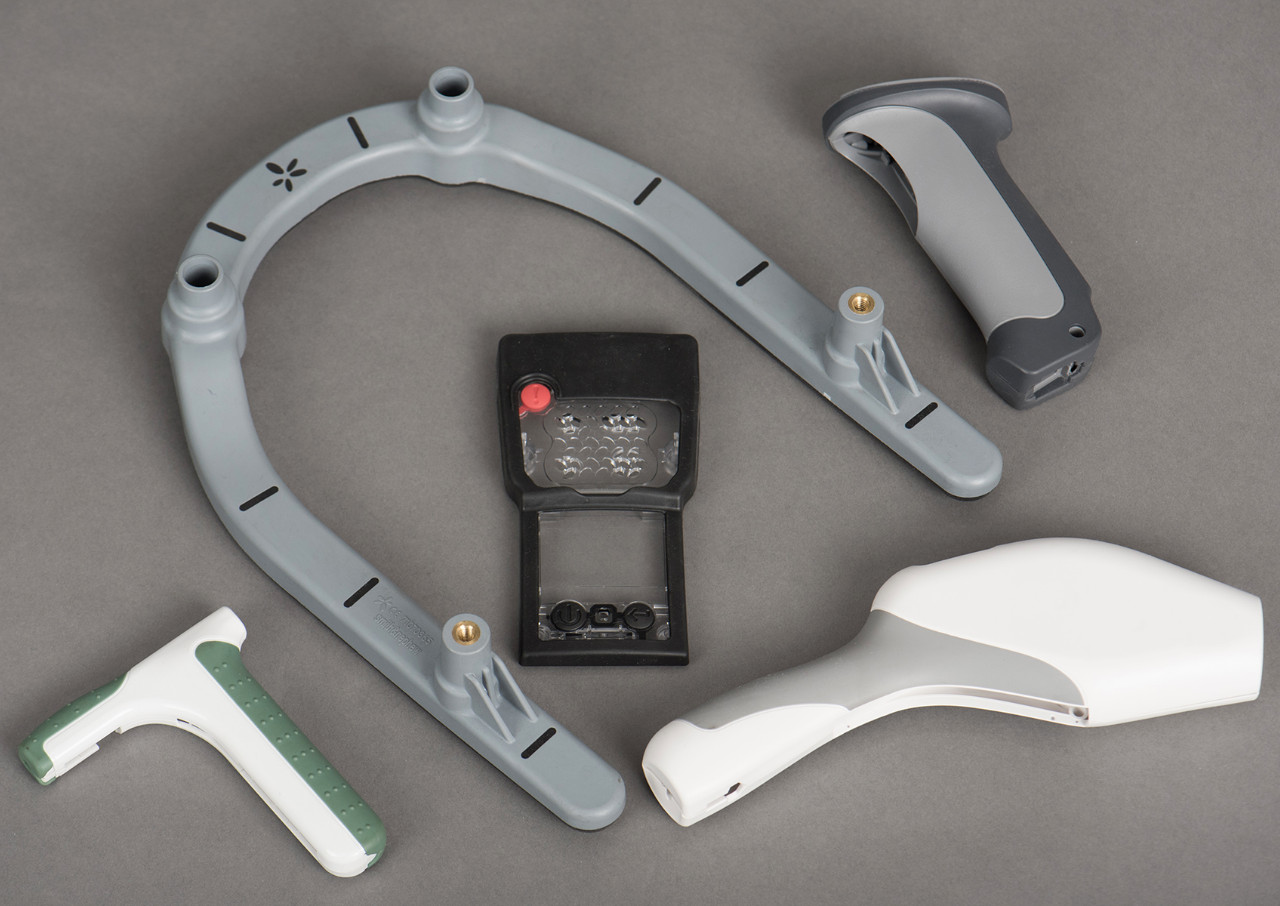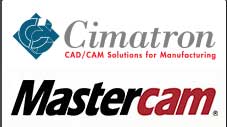Plastics are a diverse group of materials, and the molding processes that create them can be very varied. Injection molding is a process that involves heating thermoplastic and thermosetting polymers, injecting them in a mold and allowing it to cool and harden. In other molding processes like Resin Transfer Molding, liquid thermosetting materials are injected or sprayed into a mold with reinforcing fibers like fiberglass. Closed molding and open molding are the two most common methods of plastic molding. Open molding is the process of molding plastic resin that is exposed to air while curing, whereas closed molding is when it is not. Each type of plastics molding has advantages and disadvantages.
Open Molding Process
Open molding is less expensive than closed molding because it does not require that the resin be sealed from the environment. Open molding can be divided into three types:
- Hand Lay-Up Molding is a common and inexpensive open molding technique. Fiber reinforcement is placed in a single cavity of the mold and resin is applied by hand using rollers or brushes. This method is used to make a wide range of products including boats, storage tanks, tubs, showers and shower enclosures.
- Spray up molding works similarly to hand layup, but uses special equipment such as a chopper to cut the reinforcing fibers into smaller ones before adding them to the resin mix on the surface of the mold. This method is used to produce large quantities as it involves automation.
- Filament Winding Molding is the process of applying resin-soaked fiber strands to a rotating cylindrical mold. This method is less labor-intensive than other open molding techniques and can be used to make piping, stacks and chemical storage tanks, as well as rocket motor casings.
Open molding is used more often for small production runs because tooling costs are lower. Open molding is used for large products that are not suitable for automated processes or for products produced in low quantities. The process is not suitable for parts that need a smooth surface on all surfaces, as only one side is smoothed out in an open-mold part.
Closed Molding Process
Closed molding is more efficient for large-scale plastic production. Closed molding allows dry reinforcement material to be placed into the mold and then closed. The resin is then injected into the enclosed cavity using a vacuum pump or pressure pump. The mold is then opened, and the product or plastic part is removed. Reaction Injection Molding, a closed molding process, does not use reinforcement materials because the materials are structurally sound. Closed molding can be classified into the following types:
- Centrifugal Casting or Rotational Molding is a process that uses a rotating mold, in which reinforcing materials and/or resins solidify on the inner surface of the mold. The centrifuge is used to create hollow objects such as pipes by holding the material while it cures and hardens.
- Compression Molding is the process of sandwiching composite material between two molds and applying intense pressure. This continues until the part has cured. It allows for rapid molding cycles and uniform parts. It is used to manufacture complex polymer components reinforced by fiberglass.
- Continuous Lamination is a highly automated method of combining fibers and resin. The two are sandwiched between two carrier films, which are then guided along a conveyor. The resin is then cured after the forming rollers have formed these sheets into panels and sheeting.
- Pultrusion is a method of forming long, uniformly shaped objects by using continuous strands which are soaked and moved through resin baths. The elongated shapes will then be pulled through heated steel molds and molded to lengths. This process is easily automated and can be used to produce solid or hollow rods, tubes, channels, pipes, or rods.
- Reaction Injection Molding heats up and combines liquid resins as they are injected in a closed mold. This process produces composites with lower manhours and scrap rates, as well as a lower clamping pressure. A process almost identical, called “reinforced response injection molding”, introduces reinforcing materials into the composite mix. This process can be used to create body panels, bumpers, fenders and spoilers for vehicles, as well as roofing fascia, floor panels and roof fender.
- Resin Transfer Molding is also known as RTM. It involves the loading of reinforcement material (often fiberglass) into closed molds. These are then clamped, and resin under pressure is pumped into the cavity via injection ports. This process allows for the production of complex parts that have a smooth finish. It can be used in simple or highly automated processes. The process is flexible and allows for unlimited combinations, orientations, and three-dimensional reinforcements. This process is used in many industries, including automotive, aerospace and military. It can also be used to create yacht decks and hulls, as well as windmill blades.
- Vacuum Bag Molding improves laminate mechanical properties by applying liquid resin to reinforcing fibres, followed by a vacuum to remove excess resin and trapped gas to compact the laminate. This method offers better adhesion and reduces resin buildup that is often seen with open mold hand layup techniques. This process is used to manufacture products in a variety of industries. Its molds are the same as those used for standard open mold techniques.
- Vacuum Infusion Processing uses low-cost and minimal equipment to infuse the resin directly into the laminate. This technique is typically used for low-volume items, and produces lightweight laminates with reduced emissions. This technique is a relatively new one that’s used to make large objects like wind turbine blades, boat-hulls, or structures for the aerospace industry.
Closed molding allows manufacturers to produce better parts while reducing waste. In addition to ensuring that parts are produced more consistently, they look better and require less work following the molding process.
Closed molding systems are more expensive than open ones, but they do require a larger capital investment. Closed molding systems are more expensive, but they produce less emissions. They help manufacturers meet emission standards while reducing labor costs and the need for protective gear.
RTM & RIM Molding Processes
Preferred Tool is a specialist in two types of closed molding: resin transfer molding and reaction injection mold. Preferred Tool offers composite molding that is economical and capable of extended runs using proprietary and customized techniques.
Preferred Tool’s ability to manufacture composite RTM tools in-house is a cost-effective alternative to compression equipment. Preferred Tool’s RTM molds offer a greater return on investment for customers than open molds. Preferred Tool is able to match production capacity on large-scale projects.
Durable and affordable, Preferred Tool’s RIM molds offer greater flexibility at the early stages of production. They can also be converted to high-speed metal tools for high-volume production. Preferred Tool’s RIM process allows manufacturers the ability to test new designs and tie their investment to market demands. They can also increase production when demand increases.
Closed molding experts at Preferred Tool
Preferred Tool provides composite molding, which can produce high-quality components more quickly than other processes and tooling used by competitors. Contact Preferred Tool for more information on our plastic molding capabilities.


